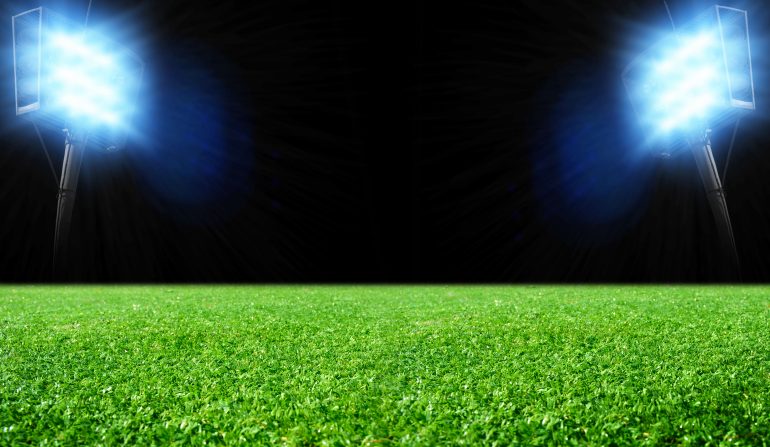Nobody is denying the Seahawks offensive line was the most troublesome unit on the team this season. They were inexperienced at multiple spots and the overall talent level was questionable. On one hand, it is heartening to know the organization will be focused on reinforcing that part of their roster this offseason. On the other, the man responsible for profiling the type of lineman Seattle should go after has an alarmingly bad track record of finding top line talent. Money and draft picks will not be enough to patch this line if poor decisions are made.
Cooperation between front office and coaching staff
John Schneider deserves a ton of credit for the draft picks he makes, and should shoulder the blame as well for ones that do not pan out. One of the least understood parts of the process, however, is how much the coaching staff influences the decisions at various positions. Cable, for example, has wielded considerable power in identifying the types of players he wants.
Cable gives Schneider the parameters of what he is looking for. The personnel department brings back options for Cable to review. He provides feedback and then Schneider is ultimately responsible for deciding the best way to add the types of players Cable wants.
Think of it this way: Cable writes out the list of ingredients and Schneider’s crew does the shopping. That formula has had decidedly mixed results.
Cable track record
Russell Okung and Max Unger are the top two lineman who have played for the Seahawks in the Pete Carroll era. Cable arrived the year after Okung was selected, and Unger was one of the few leftovers from the previous regime.
Cable was given the opportunity to reshape the offensive line when he came aboard. He encouraged the team spend money on Robert Gallery. He hand-picked James Carpenter in the first round to play right tackle, and John Moffitt in the third round.
His biggest success was converting J.R. Sweezy, a 7th-round defensive tackle, into a starting guard in 2012. Michael Bowie was another 7th-round pick in 2013 who got significant playing time before coming to camp overweight and injured the following year and eventually being waived as injured. Alvin Bailey was an undrafted free agent who has become a valuable backup, without demonstrating the ability to earn a starting job. Even so, Bailey probably qualifies as Cable’s second-best addition.
Justin Britt was a second-round pick chosen to be a right tackle, who like Carpenter, was unable to hold the position. He has started every game the past two years, and has been a capable run blocker. Like most Cable disciples, his pass protection leaves much to be desired.
This past year, Mark Glowinski and Terry Poole were drafted in the 4th-round, and Kristjan Sokoli was taken in the sixth round. Poole washed out early. Sokoli is another defensive lineman conversion project. Glowinski shows a lot of promise, but is unproven.
Bias toward run blocking
Cable has been predictable in how he rates his lineman. He will always sacrifice pass protection in favor of run blocking. I have referred to it as a blind spot in the past because the degree to which he will ignore shoddy pass blocking skills in order to get a strong run blocker is unlike any other line coach I have seen. That emphasis has worked in helping Seattle establish their identity as a tough running team, but has made life miserable for Russell Wilson at times.
No Cable offensive line has ever ranked higher than 26th in sack rate
Before you get your pitchforks and torches, consider how important the run game has been for Seattle and how big of an impact Cable has had in pulling Seattle out the basement in that part of their game.
Seattle was 31st in rushing yards the year before Cable arrived, and had not been higher than 14th since 2005
You take the good, you take the bad, you take them both, and there you have the facts of life with Cable as your line coach.
So now what?
Seattle has a number of pivotal decisions to make along the offensive line. Sweezy and Okung are free agents. I believe Garry Gilliam is a fixture, and may play into their thinking at left tackle. Britt and center Patrick Lewis will definitely be pressed for playing time by new additions to the roster. Glowinski will either challenge Britt or be the favorite to take over for Sweezy.
Letting Sweezy and Okung walk would probably make a lot of Seahawks fans happy. Be careful what you wish for. Continuity is a almost as important as talent when it comes to forging a good offensive line. Starting over at square one every offseason is not a great way to build a group that can dominate. It is a surefire way to begin the season with a struggling unit once again.
So much about line play, especially pass protection, has to do with communication and recognition. No two players on the Seahawks line this year had played a snap next to the either player that flanked them before this season started. That is about the worst-case scenario.
Seattle will definitely add to their options through the draft, and may find some players they like in free agency. Finding players who meet Cable’s run-blocking profile while also having talent in pass protection will be the big challenge.


